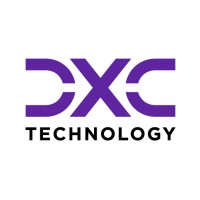
Inetum
Inetum is a European leader in digital services. Inetum’s team of 27,000 consultants and specialists strive every day to make a digital impact for businesses, public sector entities and society. Inetum’s solutions aim at contributing to its clients’ performance and innovation as well as the common good. Present in 19 countries with a dense network of sites, Inetum partners with major software publishers to meet the challenges of digital transformation with proximity and flexibility. Driven by its ambition for growth and scale, Inetum generated sales of 2.4 billion euros in 2024. 🏅 Top Employer Europe 2025






